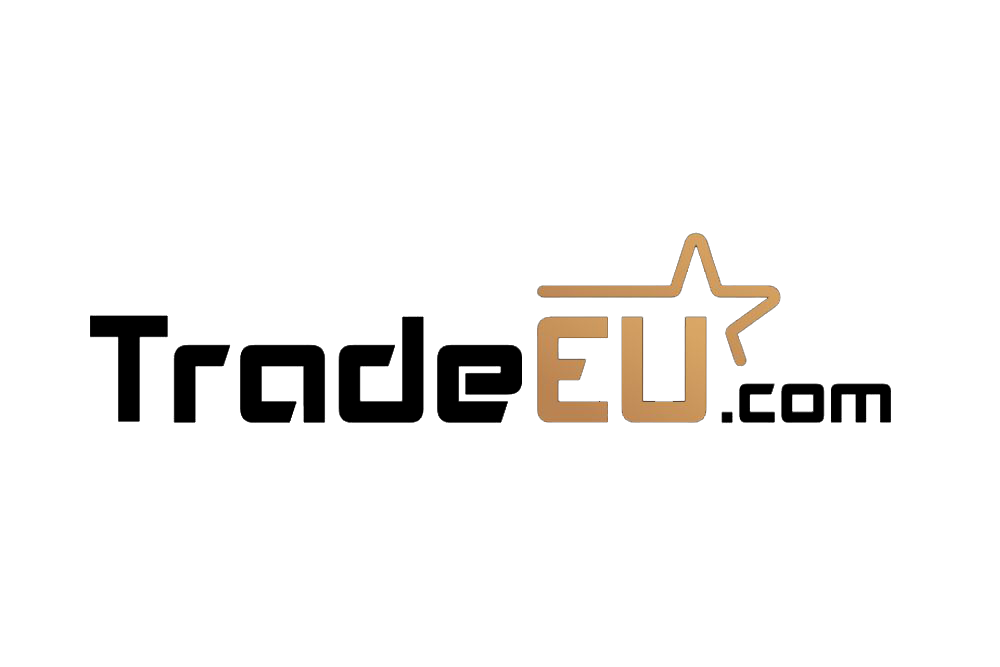Trading in financial markets uses tools, indicators, analysis, research, and many other ways to understand the prospects of the market. In these, some are used individually and some in combinations for the results expected. But, in all these trading styles, chart patterns have been quite a phenomenon. The price is an essential part of the trade, and to study it is necessary.
The chart patterns are formed when the price of the securities moves in a fashion. This gives the shape to the price of the security, which could be in any form triangle, rectangle, square, round or cup and handle pattern, etc. Traders can locate these patterns on the charts easily and understand the entry and exit points of the market with pre-defined risks and rewards.
With the article, we’ll be getting in depth of the chart patterns and, in particular, the cup and handle chart pattern. Traders will have a wider perspective of the chart patterns and how they can apply these to their trades for profitable returns and have smooth trading.
Chart Patterns
Chart patterns are the formations displayed over a chart that describe the price movements of the securities. Which gives it another name for the price pattern graphing the prices of the securities of the market. The chart patterns could be from any financial market. These give the idea of the technical analysis of the securities and have a large role to play in the trade.
The chart patterns are graphed on the charts and are a popular way of trading in the markets. The data of the market, when plotted on the charts, form a pattern that occurs naturally, and these repeat in the market during certain situations of the trade. These patterns could be reversal or continuation signals on the basis of the market trends.
Defining: Types of Chart Patterns
Chart patterns have huge popularity among the traders as they provide the essence of the market. These patterns visualise the movements of the price and how these could be handled for a favourable trade. But, when we define the chart patterns, they include three types that differentiate them.
Each type of chart pattern has its features and stands different from each other in its chart patterns or characteristics in the market. Here, we have the chart patterns and their kinds that make them unique in the trading market.
Traditional Chart Patterns
Traditional chart patterns are the common type of formations represented on the charts. Below is the list of most common chart patterns that are easy to find on the chart patterns:
Reversal Patterns:
- Head and Shoulders
- Double Bottom Reversal
- Key Reversal Bar
- Triple Top Reversal
Continuation Patterns:
- Cup and Handle
- Flag and Pennant
- Channel
- Triangle
Harmonic Chart Patterns
The harmonic chart pattern is the pattern that uses the recognition of the structures that have distinct and consecutive Fibonacci ratio alignments that validate the harmonic patterns. The patterns are used by traders to calculate the Fibonacci aspects of the price structures. This identifies the high probable reversal points in the markets.
Harmonic chart patterns have the following patterns included in it:
- AB=CD
- Bat
- Shark
Candlestick Pattern
Candlestick chart patterns are quite famous in the financial markets. These have been used for technical analysis of the market that is formed on the charts in the shape of a candle with a stick and give various formations that indicate the price moves.
The pattern is an old Japanese trading style that was introduced by Steve Nison and is widely used among the traders of the market.
Cup and Handle Chart Pattern
Cup and handle chart pattern is a traditional form of trading indicator that has existed in the market since the beginning of the financial markets. Traders have used the pattern to analyse the price trend of the market and have a better market understanding for successful investing.
The pattern of cup and handle was developed by William O Neil through his book, “ How to make money in stocks .”A significant chart pattern that has marked its importance for making money in the financial markets could be stock, forex, cryptocurrency, or any other trading market.
When we analyse the formation of the cup and handle on the charts, it is generally a U-shaped cup with a handle by its side. The handle is formed by the retracement of the earlier top to one-third of the height of the cup. The cup and handle chart pattern indicates the time period of consolidation that is followed by a breakout in the market.
Traders consider the cup and handle chart patterns as both bullish continuation and reversal patterns. The continuation pattern is when there is an uptrend that is followed by a consolidation. The cup and handle pattern is formed that indicates the signals, and then the uptrend continues till the breakout occurs.
Whereas the reversal pattern takes place after a prolonged downtrend. It reverses the prior market trend and forms in any time frame; it could be a few minutes to week or month charts. Although, the higher time frames have better chances of success post-breakout in the market.
Essential Cup and Handle Elements
The Cup and Handle pattern has several terms and factors that should be considered before trading with it. The chart pattern is easily identified on the graphs but could lead to false indications if not studied properly; to secure the readers/traders from such misunderstandings, we have these listed and discussed:
Trend
In the cup and handle chart pattern, there should be an existing trend of the market to qualify the continuation pattern of the market. The market trend should be a few months or days old and should not be mature. When a trend is mature, the chances of continuation are reduced and have less upside potential in the market trading.
Cup
Cup is a U shape that is formed on the charts, and it could have a rounding bottom with equal highs on both its sides. It is similar to a cup shape, although it could be a bit different, more deep, or shallow. Even the V-shaped cup also is considered for the cup and handle pattern. However, it would be a conviction when it has a U shape by the consolidation at the bottom of the formation.
Handle
The handle in the chart pattern is the pullback from the high end of the cup. The pullback from the U-shaped cup is around ⅓ rd of the size of the cup. When the pullback is smaller, it has better strength formation with a high probability of breakout taking place in the near future.
Volume of Pattern
Breakout after the handle resistance is accompanied by rising volume that confirms the same. Whereas, when the volume is low, it should be considered that something is wrong with the pattern of the handle.
Cup Depth
The depth of a cup should always retrace at ⅓ rd or less than the previous advance. However, in a volatile market and over-reactions, the retracement could range between ⅓ to ½. The extreme retracement expected in the cup and handle pattern is ⅔, which is confirmed in the Dow Theory.
Period/ Duration
Cup in the cup and handle chart pattern is formed over a period of one to six months or could take longer in the weekly and monthly charts. In contrast, the handle is formed in the span of one to four weeks. However, it could have a high time period depending on the time period of the cup.
Target
The target after the breakout is the vertical distance from the high to the bottom of the cup.
Stop-loss
The stop-loss is an order that is placed to minimise the market risks by putting a stop at a loss. Traders place this at the lowest point of the handle by trailing it to the recent swing low when the security makes a higher high in the consolidation area of the handle. This depends on the risk tolerance level of the trader and should be used with knowledge of the market and the cup and handle chart patterns.
What does the Cup and Handle Chart Pattern Tell?
The cup and handle chart pattern uses various aspects of the market to define the technical perspective of the trade; it has timeframes of every component with a detailed description of the lows giving the pattern its unique cup shape. When a trading instrument of any market forms the pattern on the chart, the market highs and lows are analysed.
For example, in the stock market trading, the trader tests the old highs as it creates the selling pressure from the market investor who earlier bought it at those levels. The selling pressure makes the price consolidate with the tendency toward a downtrend for a period of time. The time frame could be four days to four weeks before proceeding higher.
The cup and handle chart pattern is usually a bullish continuation pattern. It identifies the buying opportunities of the market. When a trader uses it, they can detect the following:
- Length is the shape of the cup with longer U-shaped bottoms giving strong signals. Traders try to avoid the V shape bottoms.
- Depth is the second thing traders should check with the cup and handle pattern. The cup should not be over deep, the handles should also not be over deep, and the handle should be formed in the top half of the cup pattern.
- The volume of the trade should decrease as the price declines and remains on the lower average in the base of the cup. The volume should increase when the security moves towards its high and back up to test the previous market highs.
Conclusion
Cup and handle chart patterns are highly useful for traders to analyse the price of securities and have profitable investments. With the article, readers will understand the cup and handle pattern, its factors, and why it is important for market traders. It is useful for getting the market price change and what steps could be taken for getting good market returns.
However, the pattern has the limitations that it takes time to form. Thus traders need to have patience, and this could even lead to wrong trading decisions. Nevertheless, they can take the assistance of online brokers such as ABInvesting, have the best trading services, charts and patterns, technical tools, fundamental tools, trading platforms, and other functions that could lead to easy trading.

